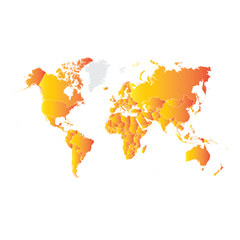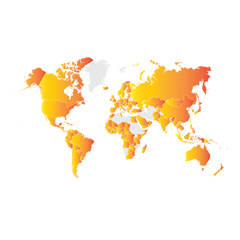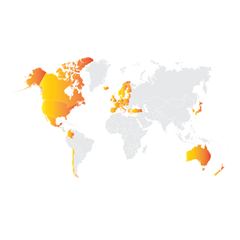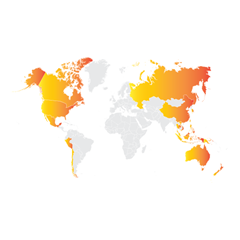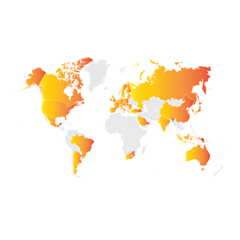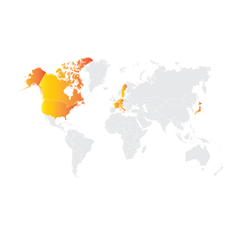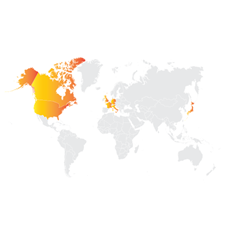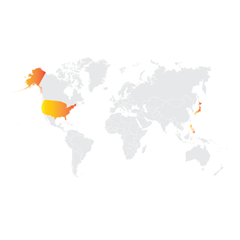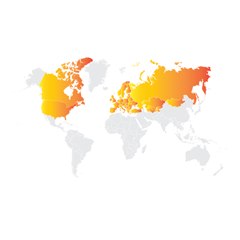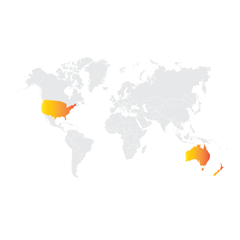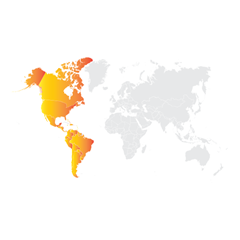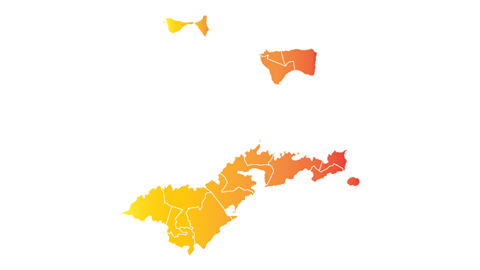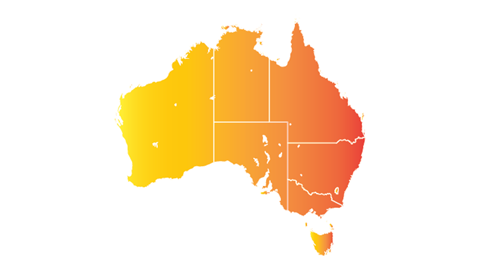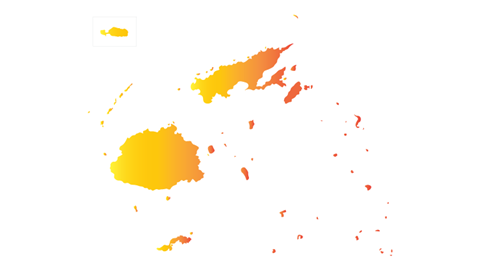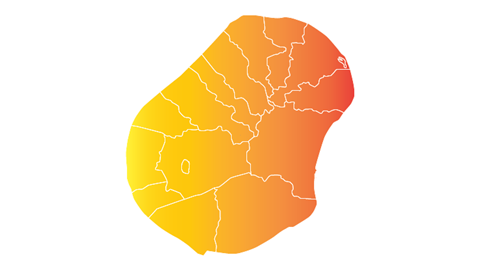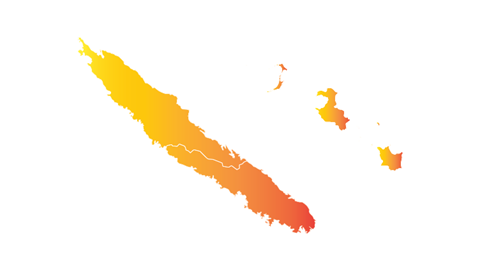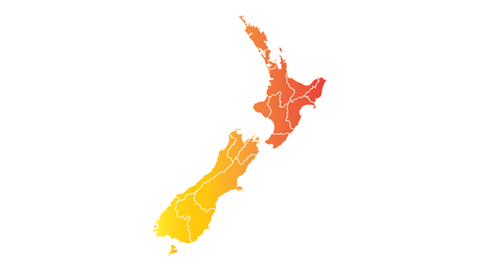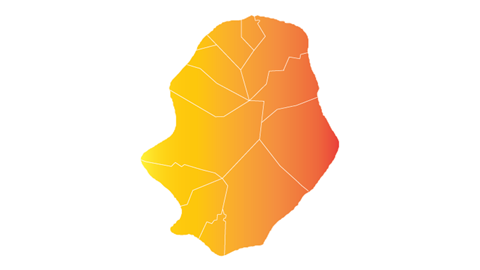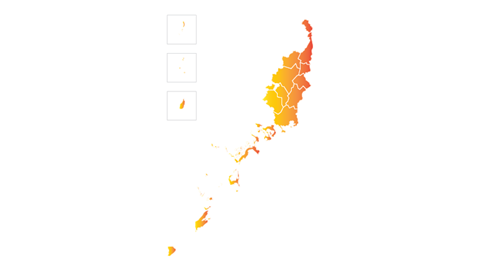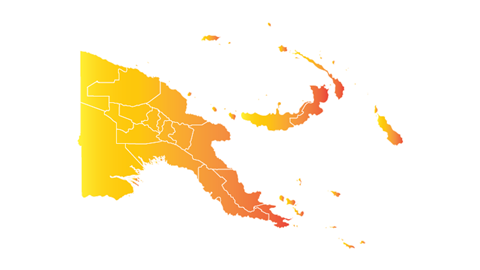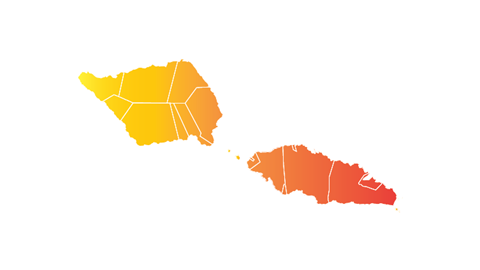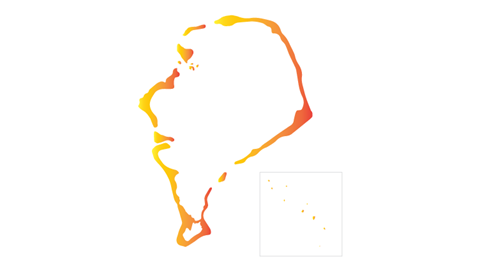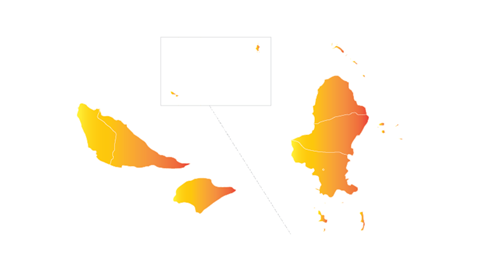Guam
Critical minerals, policy, and the energy transition
The Energy Transition in Guam
Guam, an island territory of the United States in the Western Pacific, is on a path to transform its energy landscape amid growing concerns about climate change, energy security, and the high cost of electricity derived mainly from imported fossil fuels. Recognised for its strategic military importance, serving as a crucial gateway between the United States and Asia, and as a vibrant tourist destination, Guam faces unique challenges and opportunities in pursuing sustainable and resilient energy solutions. The island is increasingly investing in solar and wind energy projects to reduce its reliance on imported oil and diesel. Notably, the Guam Power Authority has initiated projects and partnerships to significantly increase solar power capacity, aiming to meet a substantial portion of the island's energy needs with renewables by 2035. Guam also enhances energy efficiency across residential, commercial, and governmental sectors. Guam is also upgrading and modernising energy infrastructure to withstand tropical storms by investing in stronger power lines, more resilient distribution systems, and smart grid technologies to enhance the efficiency and reliability of electricity supply. Guam has been proactive in creating a favourable policy environment to support the energy transition. This includes setting renewable energy targets, providing incentives for solar and renewable energy investments, and updating regulations to facilitate the integration of renewable energy sources into the grid to assist in securing technical and financial expertise for its renewable energy and infrastructure projects.
The journey of Australasia's critical minerals
Australasia's shift towards renewable energy and sustainability is fundamentally supported by its wealth in critical minerals such as lithium, nickel, cobalt, and rare earths among others, crucial for low-carbon technologies and future innovations. Emphasizing sustainable mining and innovative policies, this strategy mirrors global efforts, notably in North America and Europe.

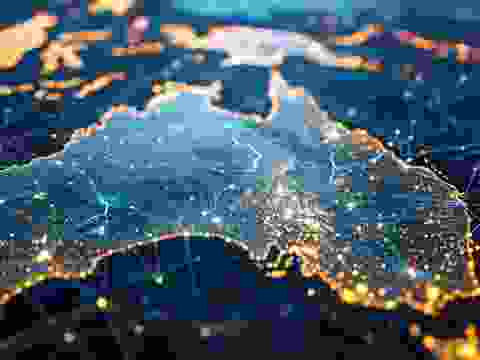


Meet the Critical Minerals team
Trusted advice from a dedicated team of experts.

Henk de Hoop
Chief Executive Officer

Beresford Clarke
Managing Director: Technical & Research

Jamie Underwood
Principal Consultant

Dr Jenny Watts
Critical Minerals Technologies Expert

Ismet Soyocak
ESG & Critical Minerals Lead

Thomas Shann Mills
Senior Machine Learning Engineer

Rj Coetzee
Senior Market Analyst: Battery Materials and Technologies

Franklin Avery
Commodity Analyst

How can we help you?
SFA (Oxford) provides bespoke, independent intelligence on the strategic metal markets, specifically tailored to your needs. To find out more about what we can offer you, please contact us.
